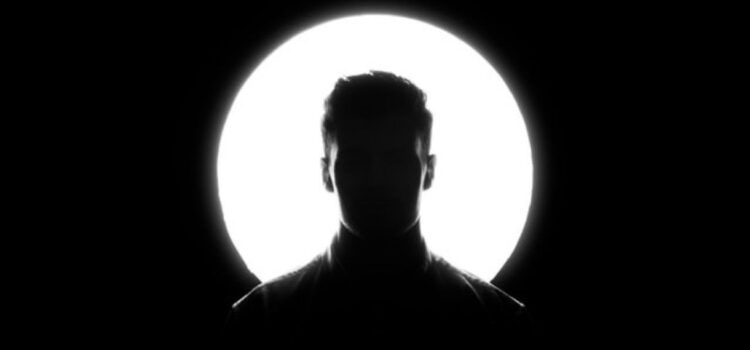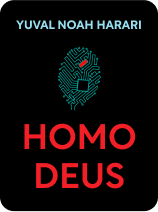

This article is an excerpt from the Shortform book guide to "Homo Deus" by Yuval Noah Harari. Shortform has the world's best summaries and analyses of books you should be reading.
Like this article? Sign up for a free trial here .
What do psychologists mean when they talk about the consciousness continuum? How many states of consciousness can a being experience? Do you think non-organic material can possess consciousness?
The continuum of consciousness refers to the spectrum of mental, emotional, and perceptive states a being can experience. Although we have studied a variety of human and animal states of consciousness, we will likely never know all possible states since consciousness likely extends well beyond the experiences of organic beings.
Keep reading to learn about the consciousness continuum.
The Continuum of Consciousness
We have only just begun to understand the most basic elements of the human mind. While scientists have started to develop the ability to directly manipulate the brain, no one really knows how vast the continuum of consciousness is. The continuum of consciousness consists of every mental state a being can experience, and humanity likely only exists within a small portion of it.
Compare the continuum of consciousness to the electromagnetic spectrum. Human beings can only see and experience a sliver of the electromagnetic spectrum through visible color and light, but scientists have discovered parts of the spectrum that can’t be interacted with without technology such as radio waves, x-rays, and microwaves. Mental states may exist on a similar spectrum, with the organic human brain only experiencing a small fraction of the full spectrum.
Neuroscientists want to better understand the spectrum of consciousness. However, at this time, most studies have only focused on the region of the spectrum experienced by the WEIRD.
The WEIRD
Most studies into human psychology have relied on the experiences of the WEIRD, or Western, educated, industrialized, rich, and democratic subjects. A study conducted in 2010 found that 96% of the subjects tested for papers published in the Journal of Personality and Social Psychology were WEIRD.
The issue with this model of testing is that it doesn’t take the conscious experiences of other kinds of people into account. While WEIRD subjects may exist on one part of the natural spectrum of consciousness, other subjects may exist on another region of the spectrum entirely. However, WEIRD subjects are more accessible to researchers and more likely to participate in studies.
For example, college psychology students may have different mental states than homeless people. Where the students experience frustration with coursework or anxiety about their career, the homeless experience a struggle for survival, shifting their placement on the spectrum of consciousness. If researchers only study the behavior of the students, they may miss the other part of the spectrum entirely.
Organic Limitation
Even if researchers widen their pool of subjects, they’d likely still only be able to study a limited portion of the mental states available to the organic human mind. As globalization has touched most of the world, humanity has a multitude of shared experiences that influence the mental state of the collective species. While humans likely experienced a wider variety of mental states before globalization, the world today is too interconnected to explore vastly different mental states.
For example, while isolationist foragers may have different experiences than Harvard professors, both parties have been influenced by similar human creations. The foragers have likely been exposed to theistic religion, WEIRD tourists, curious researchers, and international traders, aligning aspects of their mental state with the professors.
While the use of psychedelic drugs and the experiences of “visions” were once seen as a way to connect to the divine, modern society discourages people from exploring expanded mental states, labeling those who do as addicts, liars, or mental patients. However, even with substance use or abnormal brains, humans are still limited by the organic limitations of the human mind.
Other animals experience the world in completely different ways and exist on a different region of the spectrum of consciousness. For example, a bat uses echoes to understand its surroundings and create patterns. The human mind has no way of processing and understanding that experience.
Even if researchers had a way to relate to the experiences of every animal, the continuum of consciousness likely extends well beyond the experiences of organic beings.

———End of Preview———
Like what you just read? Read the rest of the world's best book summary and analysis of Yuval Noah Harari's "Homo Deus" at Shortform .
Here's what you'll find in our full Homo Deus summary :
- Why technology is replacing humanist ideals
- How previous generations relied on prayer to deal with serious problems
- How AI and algorithms are going to run the world






